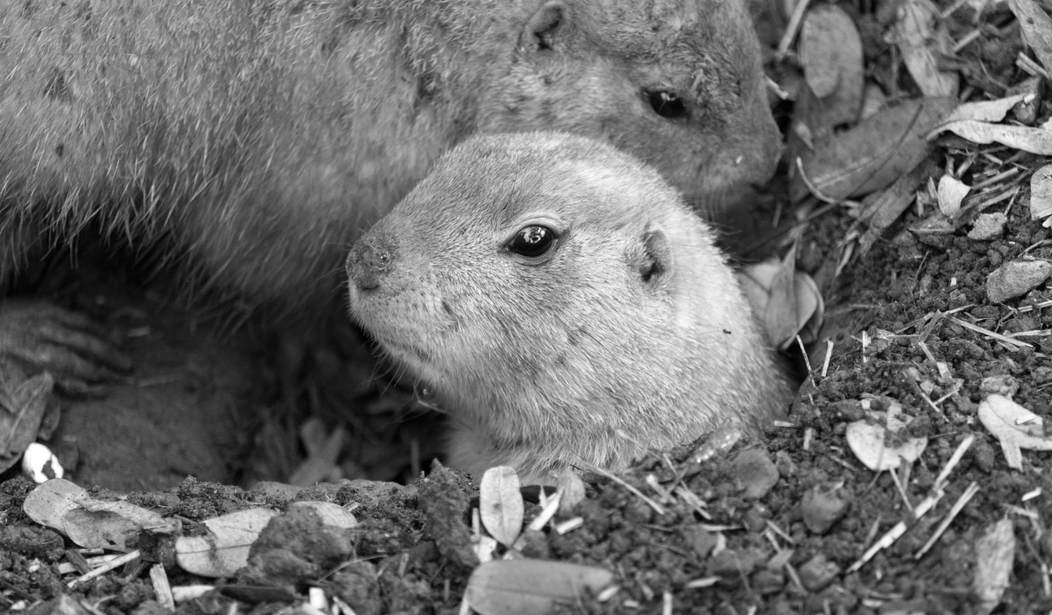Bubonic plague, aka the bacterial infection that caused millions of Europeans to die in the 1300s during the tragic event known as The Black Death, is currently carried by fleas in two Arizona counties. The plague bacteria is rare in the United States, but this devastating disease has been known to occasionally rear its ugly head in parts of the Southwest.
Arizona officials have tested fleas throughout Arizona, and have announced that plague-carrying fleas have been found in Coconino County and Navajo County after residents were concerned that local prairie dogs were dropping like flies.
Navajo County Public Health officials provided tips to minimize the risk of encountering plague-infected fleas, as well as the various symptoms that arise for those unfortunate enough to catch the bubonic plague:
“Navajo County Health Department is urging the public to take precautions to reduce their risk of exposure to this serious disease, which can be present in fleas, rodents, rabbits and predators that feed upon these animals. The disease can be transmitted to humans and other animals by the bite of an infected flea or by direct contact with an infected animal.
Symptoms of plague in humans generally appear within two to six days following exposure and include the following: fever, chills, headache, weakness, muscle pain, and swollen lymph glands (called “buboes”) in the groin, armpits or limbs. The disease can become septicemic (spreading throughout the bloodstream) and/or pneumonic (affecting the lungs), but is curable with proper antibiotic therapy if diagnosed and treated early.”
Again, Yersinia pestis (the plague bacteria) popping up in states like Arizona, New Mexico, and Colorado is rare, but not unheard of, especially when there’s a cooler summer that follows a wet winter. This particular weather combination has proven to be favorable for flea-carrying rodents, such as black rats and prairie dogs, because an especially rainy season produces extra vegetation, which provides the food that fuels a localized rodent population boom. With more carrier rodents in the environment come more blood-drinking fleas, as well as the greater chance for the plague bacteria to thrive.
If you live in the area in and around Coconino and Navajo Counties, take care of yourself by not handling sick animals. You should de-flea your pets and keep them on your flea-controlled property. Be especially cautious if you’re camping, hiking, or living in areas that have a high number of rodents and other wild animals that carry fleas.
The good news is that the plague is easily treated with antibiotics, but it’s far easier to keep kitty indoors until this blows over than to risk letting your cat bring disease-ridden fleas into the home.









Join the conversation as a VIP Member